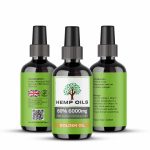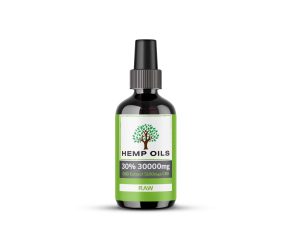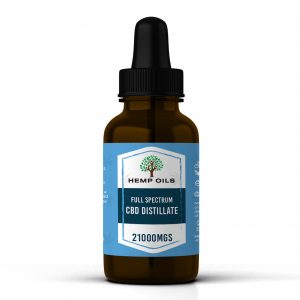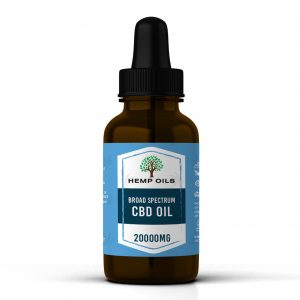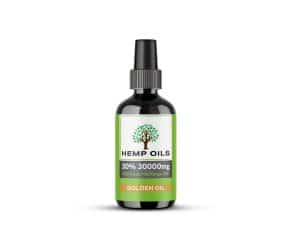The Process of Extracting Hemp Oil: An Informative Guide ===
Hemp oil, derived from the hemp plant, has gained significant popularity in recent years due to its numerous potential health benefits. Extracting hemp oil involves a complex process that requires precision and specialized equipment. In this informative guide, we will delve into the step-by-step process of extracting hemp oil, explore the different methods employed, and provide a comprehensive understanding of how this valuable oil is obtained.
===Step by Step: Extracting Hemp Oil from Hemp Plant ===
-
Harvesting: The first step in extracting hemp oil is harvesting the hemp plant. The plant is typically harvested when it reaches its peak maturity, ensuring the highest quality oil. It is crucial to handle the plant carefully during this stage to prevent any damage that could affect the oil’s quality.
-
Drying: Once harvested, the hemp plant needs to be dried properly. This is achieved by hanging the plant upside down in a cool, well-ventilated area. Drying the plant helps remove excess moisture, which can lead to mold and other contaminants. Proper drying is essential for obtaining a high-quality end product.
-
Grinding: After the plant is dried, it is time for grinding. The dried hemp plant is ground into a coarse powder using specialized equipment. This process increases the surface area of the plant, making it easier to extract the oil during the next step.
-
Extraction: The extraction process is where the hemp oil is separated from the plant material. There are various methods available for extraction, including solvent extraction, steam distillation, and CO2 extraction. Each method has its advantages and disadvantages in terms of efficiency and quality.
-
Purification: Once the oil is extracted, it may undergo a purification process to remove any impurities or unwanted compounds. This step is crucial to ensure the final product is free from contaminants that could potentially compromise its quality. Purification methods may include filtration, winterization, or distillation.
-
Storage and Packaging: After the extraction and purification processes, the hemp oil is ready for storage and packaging. It is important to store the oil in a cool, dark place to maintain its freshness and extend its shelf life. Properly packaged hemp oil is then ready to be distributed to consumers.
===Methods for Extracting Hemp Oil: A Comprehensive Overview ===
There are several methods used for extracting hemp oil, each with its own advantages and limitations. Let’s take a closer look at some of the most common methods:
-
Solvent Extraction: This method involves using solvents like ethanol or butane to dissolve the hemp plant’s oil-rich trichomes. The solvent is then evaporated, leaving behind a concentrated oil extract. While solvent extraction is efficient, careful attention must be paid to remove any residual solvents from the final product.
-
Steam Distillation: This traditional method involves passing steam through the hemp plant material, causing the oil to evaporate. The steam, carrying the oil, is then condensed and collected. Steam distillation is a gentle method that preserves the oil’s integrity but may result in a lower yield.
-
CO2 Extraction: Considered the gold standard of hemp oil extraction, CO2 extraction involves pressurizing carbon dioxide to a supercritical state. This state allows it to act as both a liquid and a gas, effectively extracting the oil from the plant material. CO2 extraction is known for producing high-quality, pure hemp oil.
===From Plant to Oil: Understanding the Extraction Process ===
The extraction process for obtaining hemp oil from the hemp plant involves a series of carefully coordinated steps. It begins with harvesting the mature hemp plant, followed by drying and grinding to prepare the plant material for extraction. Various methods, such as solvent extraction, steam distillation, and CO2 extraction, are then employed to separate the oil from the plant material. Purification is often carried out to remove any impurities before storing and packaging the final hemp oil product. Each method has its own advantages, and the choice depends on factors like efficiency, desired quality, and safety considerations.
===
Extracting hemp oil is a meticulous process that requires expertise and adherence to strict quality standards. From the initial stages of harvesting and drying to the final steps of purification and packaging, every aspect contributes to the overall quality of the hemp oil. By understanding the step-by-step process and the different extraction methods available, consumers can make informed choices when selecting hemp oil products. With the increasing demand for hemp oil, it is crucial for manufacturers to prioritize safety, purity, and efficiency throughout the extraction process to deliver superior-quality hemp oil to their customers.
